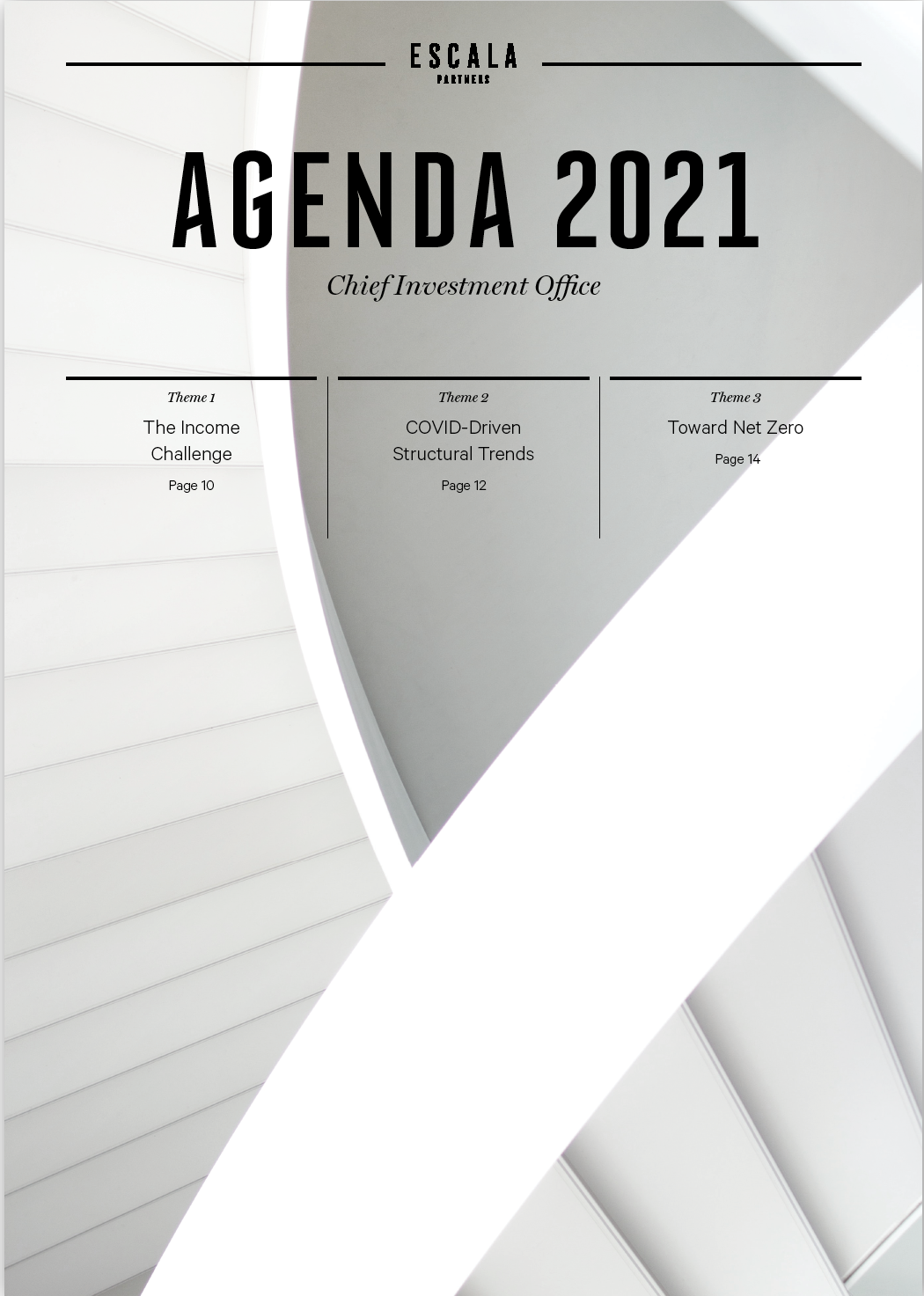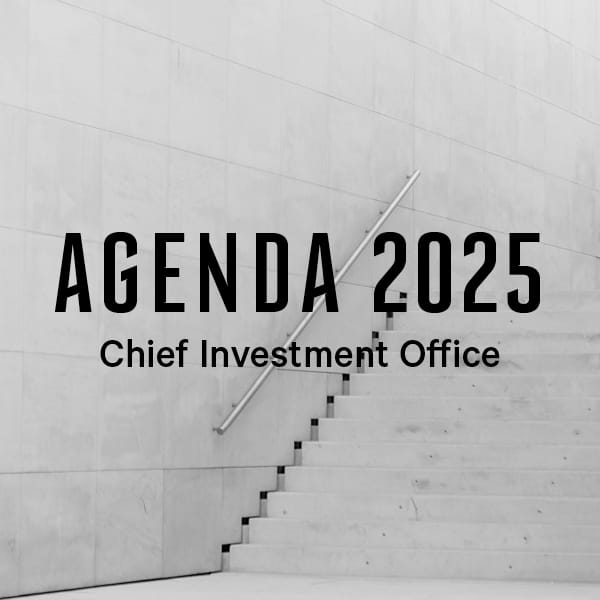-
Overview
Income investors have never had it so tough. Not only are the yields on everything from term deposits to bank stocks plumbing new lows, but volatility is rising making the prospect of taking on more risk to meet objectives all the more daunting. There is a solution, but it requires income investors to re-tool.
A decade ago, the task of an income investor was straight forward. A simple deposit into a one-year term deposit at a local bank generated 6% in income. One asset; one manager; no active fees. That 6% has now turned into 0.7%. Suddenly, the passive, single strategy road to income is no longer accessible.
Navigating an alternative path to a higher income will require two critical tools – diversification and active management – two things income investors probably didn’t need to think too much about previously. But the more challenging path will require these two tools if income investors are to avoid falling short of their target.
Suddenly, the passive, single strategy road to income is no longer accessible.
-

Negative yielding bonds
The world’s pile of debt with a negative yield, that is, bonds that cost investors money simply by holding them, has reached a new record of $17 trillion (equivalent to one quarter of all bonds outstanding). For the first time, Australia joins New Zealand, Japan and most of Europe in selling short-term government securities at a negative yield.
Potential returns across the bond market have become increasingly scarce following the coronavirus crisis and record asset purchases by central banks. With central bank buying set to remain a feature of monetary policy for several years to come, the mountain of negative-yielding debt will likely climb further.
Amount of negative yielding debt globally (USD tn)

Source: Bloomberg. Data as at 30 November 2020
-

A volatile year
2020 saw financial market volatility rise significantly. This can best be seen in the percentage of trading days in US equities that generated a return greater than 1%. In 2020 this percentage rose to 63% from 22% in 2019. Measured on this basis, volatility hasn’t been this high since 1938.
The increase in volatility in 2020 reflects the extreme level of uncertainty the COVID-19 crisis presented to investors. Economic outcomes during the year were a function of how governments responded to rising case numbers which in themselves were difficult to predict. The development of an effective vaccine has significantly addressed this uncertainty so volatility should be lower in 2021.
% Trading days with return greater than 1%

Source: Bloomberg, Escala Partners. Data as at 3 December 2020
-

Tools to meet the challenge: Diversification and Active Management
The path ahead for income investors will require skills in risk management as well as skills in return management. For risk management, the best tool on offer is diversification. A portfolio that is 100% invested in Australian shares will have more than double the volatility of a portfolio that is invested across a diverse range of equities and bonds despite both generating the same return.
For return management, the best tool on offer is active management. After accounting for fees, a portfolio that is invested in active funds will have a 30% higher return than a portfolio invested in passive ETFs despite both portfolios being set at the same level of risk.
Compare the pair (%)

Source: Escala Partners. Data as at 31 October 2020









